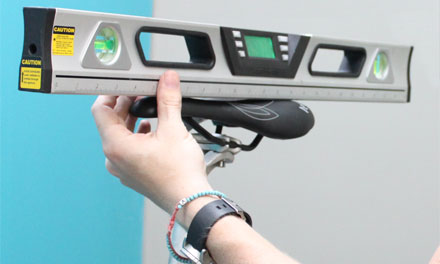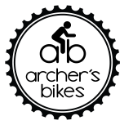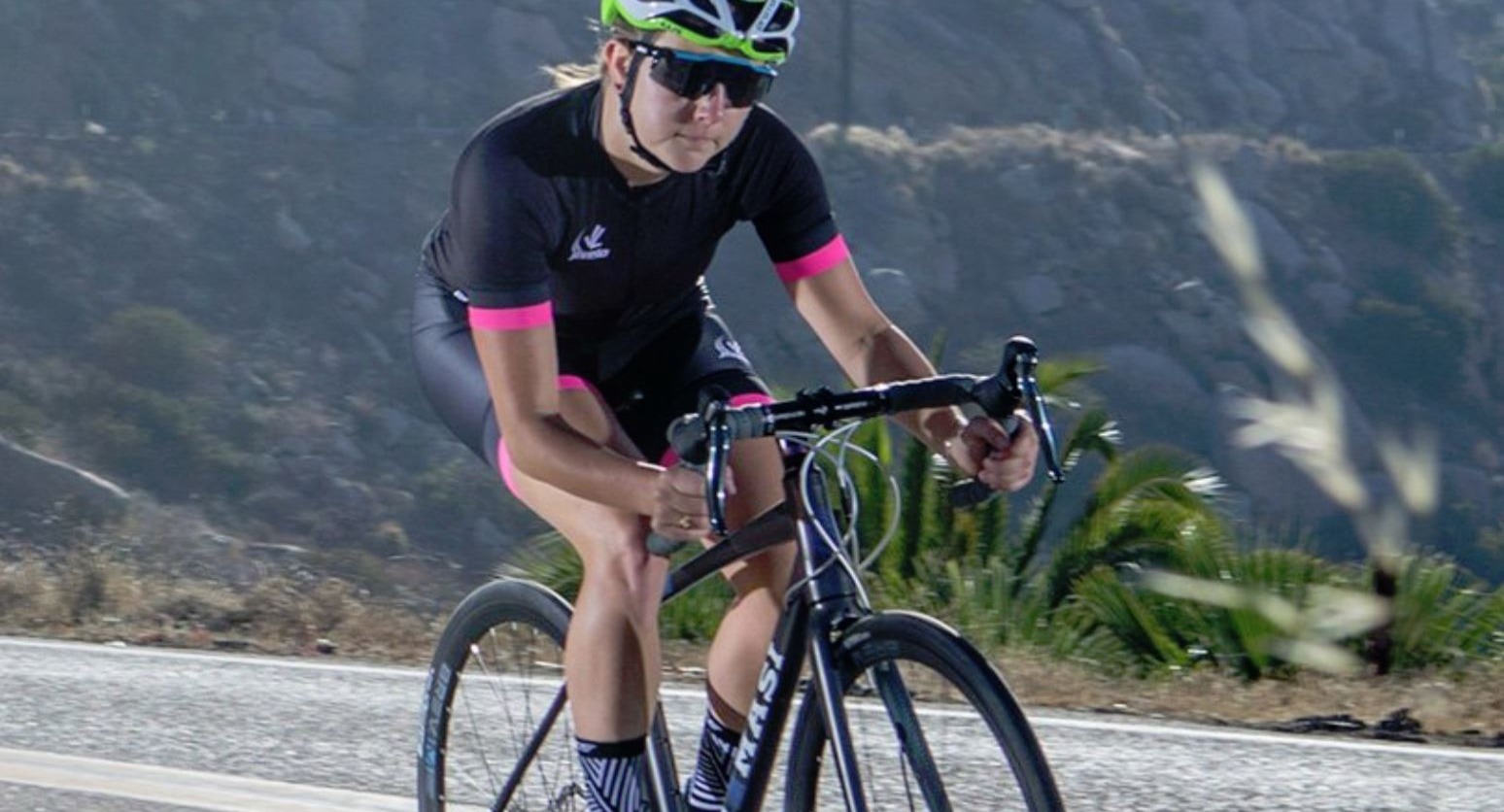Find The Right Size Bike For You
Comfort, Safety And Efficiency Begin With Fit
Learn more about how to select the right size bike and have it setup for you.
Bike Fit
 How well your bicycle fits you determines a lot. It can mean the difference between comfort and pain, fast and slow, safe and unsafe. At Archer's Bikes we always help you with a basic FIT with every bicycle purchase. We want you to enjoy your new ride, so we take time to setup the bike and explain each setting so you can always fine-tune your bike later.
How well your bicycle fits you determines a lot. It can mean the difference between comfort and pain, fast and slow, safe and unsafe. At Archer's Bikes we always help you with a basic FIT with every bicycle purchase. We want you to enjoy your new ride, so we take time to setup the bike and explain each setting so you can always fine-tune your bike later.
Proper fitting starts with selecting the right size bike frame. Most of our bikes are not one-size-fits-all, but rather, come in different frame measurements to help you obtain the best overall fit. Frame size is usually measured along the length of the seat tube (the tube which supports a bike’s seat and seat post). While measurement standards vary a bit between different manufacturers, we can help you determine the ideal range of sizes that would offer you your best match to your body type and riding style.
What does body type have to do with fit? Well, have you ever heard someone say, “He’s a tall drink of water” or “She’s all legs”? The point is: Each of us has a different body style. And, this has to be taken into account when fitting for a bike. Bike fit begins with making certain you can clear the top bar without injuring yourself accidentally because the bar is too high. Many bikes are sized according to height ranges and coded only as sm-md-lg. The old rule of 1"-2" of clearance is dated because modern bikes have sloping top tubes. Once you select your approximate size, the best way to narrow it down is to get on the bike and ride it. One bike's 56cm will not be the same as another brand's 56cm.
Size
Two dimensions are the most important to finding the right size bike. First is making sure the seat will extend up and go down to accommodate your height. Most bikes are sized according to this dimension. Your goal is to be able to fully extend your legs while pedaling (with a slight bend) or to drop the seat sufficiently for technical riding (like mountain biking). Second is reach. Look for a bike that you can reach the bars comfortably, without being cramped. Reach should be natural feeling, no matter the style of bike. Minor adjustments to the stem, bars, seat or even pedals will impact fit. Steps to a good fit: Find the right height - find a comfortable reach - customize.
What's Your Riding Style?
How does your riding style relate to proper fit? Let’s say you want to cruise the bike paths on a bike that lets you sit upright where you get a good view of the scenery. That calls for a different frame size, bike type and fit approach than, say, a time-trial racer who needs to be positioned for optimum aerodynamics and speed. It's okay to find a bike that's a little small for you if you want to stay close to the ground. Normally, with a few exceptions (like a stretch cruiser), when the seat is at the right height, you will be on your tip-toes when sitting on the seat. However, you can still lower the seat to gain confidence, and raise it later as skill and balance improve. No matter your choice, ride the bike to make sure it will work out for you. Finally, remember this: customizing the fit on your bike is all about you and your needs, regardless of what type of bike you have or buy.
Better Bike Parts Can Be Adjusted
Beyond frame size, other components of a bike also contribute greatly to a good fit. Take seats, for instance. What's the best height for your bike seat? You may prefer a wide soft seat, especially when first getting back into biking. However, the more you ride, the firmer and narrower the seat should be. The seat is also adjustable forward and back and tilt. Maybe, add a seat post with a shock. Everyone is different, so take time to position the seat where you like it and where it will perform the best for your needs. Other factors to know more about include: stem length and height; crank arm length; and, what width and shape of handlebars work best for you. High bars, low bars, upright body position or low and aerodynamic. Fine tuning is a process. Don't feel like once it's set, you have to live with it. Small changes can have dramatic results.
Setup Your Suspension First
How your bike feels and handles on a ride is highly dependent on suspension setup. Even a $10k mountain bike will handle poorly if not set up properly. If you do only one thing, set your sag. No other single step will affect performance more than sag. Read: Bicycle Suspension Setup
No Matter Where You Bought Your Bike, Great Fit Starts Here
We love helping our customers get the right fit. And if you didn’t buy your bike from us, worry not. Just bring your bike in for a complimentary review of the fit basics so you know what changes, if any, you might want to consider. We look forward to seeing you. See our Service page for more on bike fit cost and adjustments.



